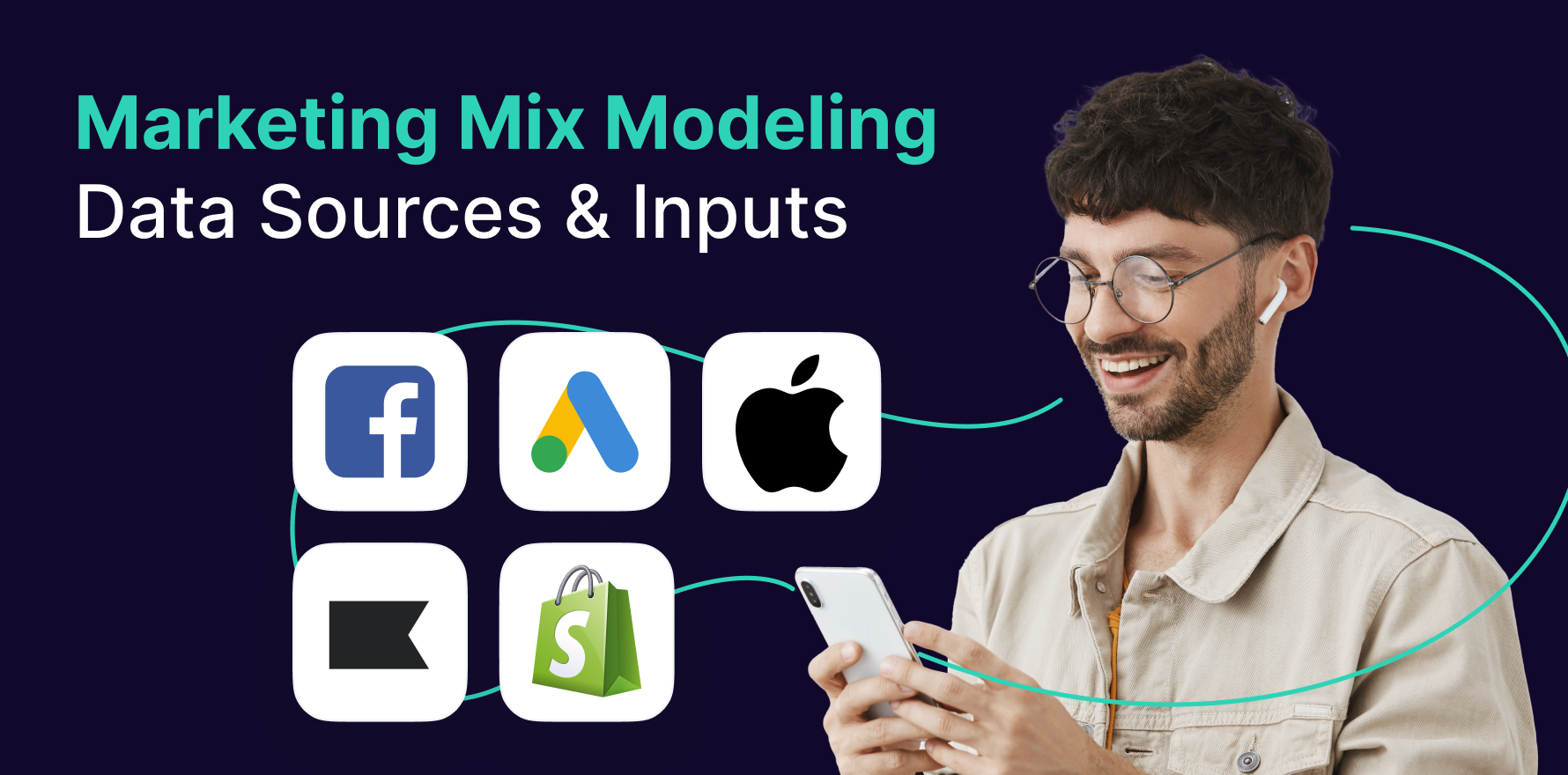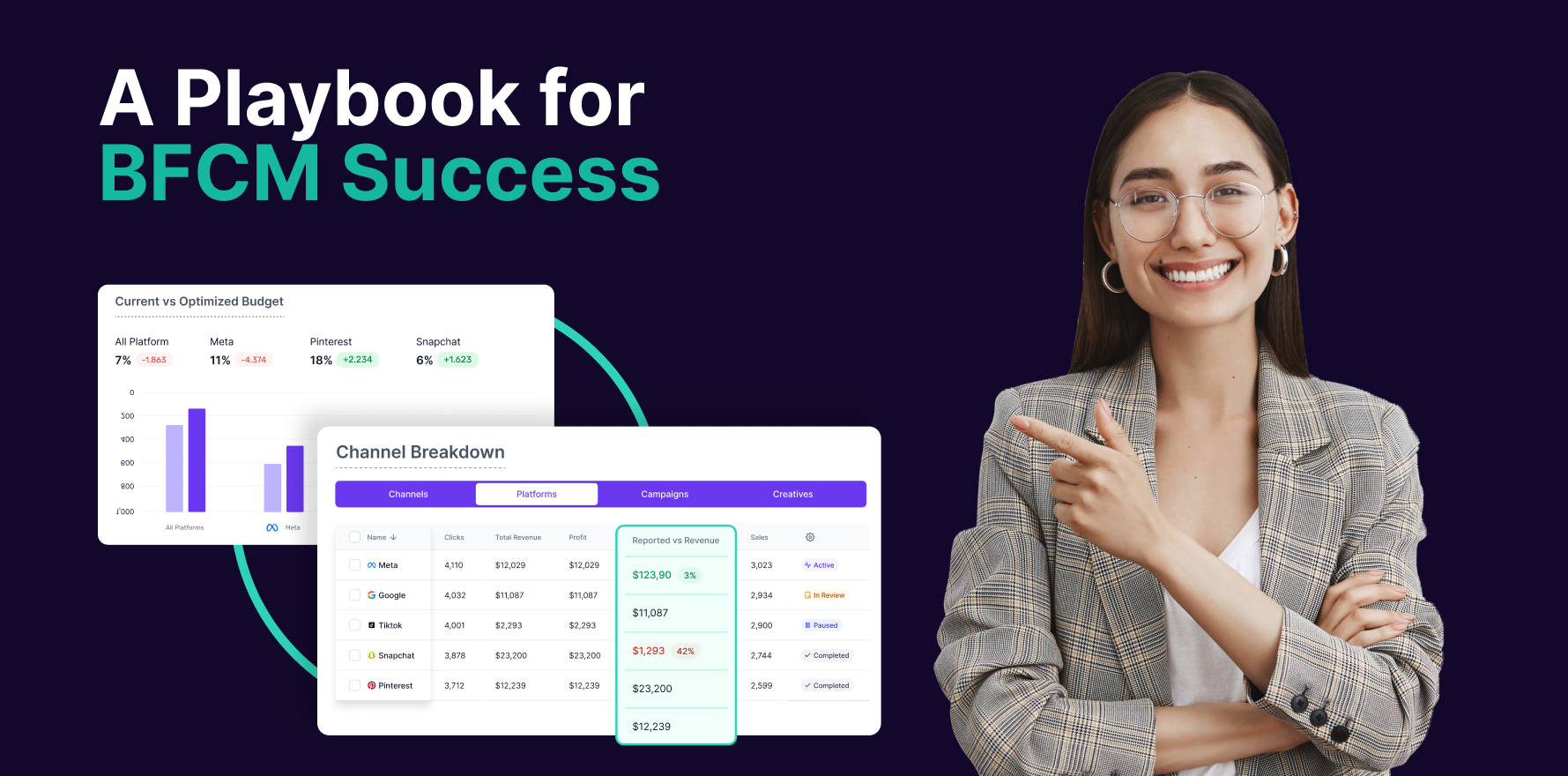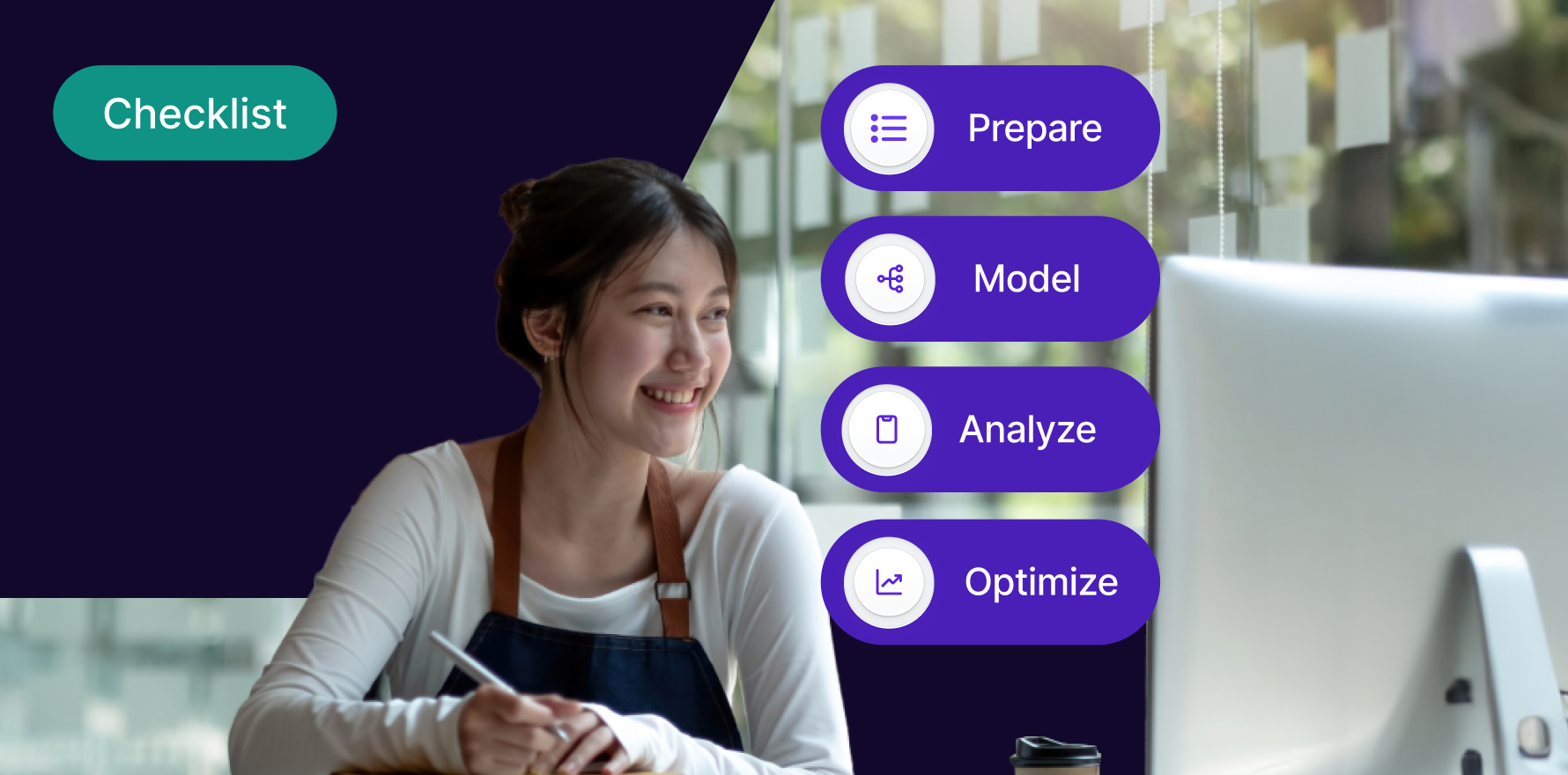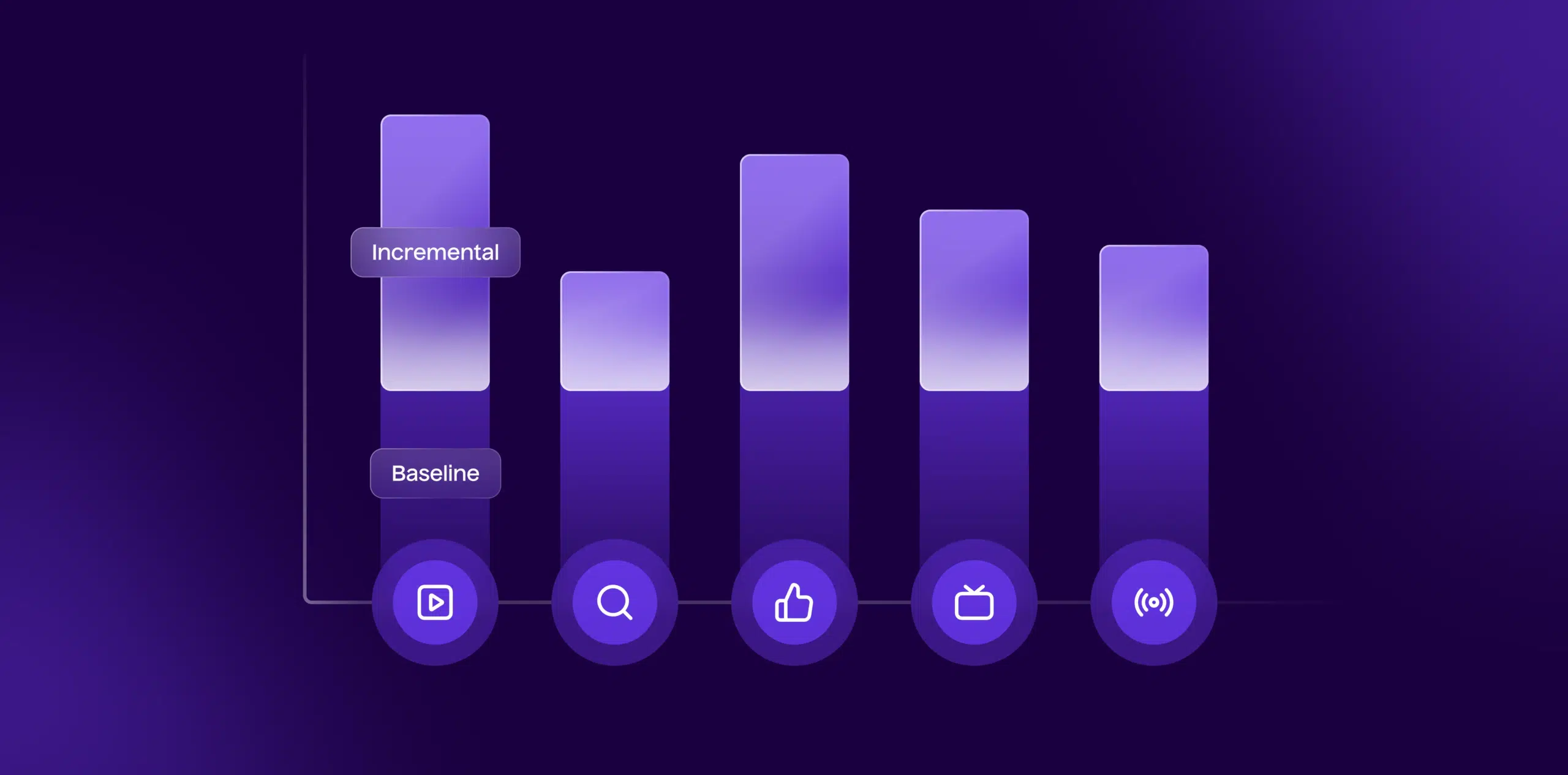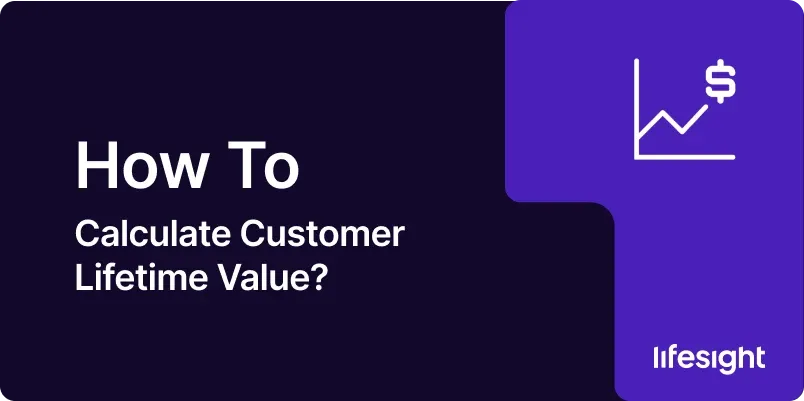
Introduction
In the dynamic world of business, understanding the long-term value of your customers is paramount. Customer Lifetime Value (CLV) stands out as a key metric that goes beyond immediate transactions to forecast the total worth of a customer over their entire relationship with your company. This guide will walk you through the intricacies of CLV, from its basic calculation to its strategic implications and limitations.
Definitions of Key Terms
Before we delve into the calculation of Customer Lifetime Value, let’s define some key terms:
- Customer Lifetime Value (CLV): The predicted net profit attributed to the entire future relationship with a customer.
- Average Purchase Value: The average amount spent by a customer on a single transaction.
- Purchase Frequency: The average number of times a customer makes a purchase within a specific time period.
- Customer Lifespan: The average length of time a customer continues to purchase from your company.
- Churn Rate: The rate at which customers stop doing business with a company over a given period.
- Gross Margin: The difference between revenue and cost of goods sold (COGS), divided by revenue, expressed as a percentage.
- Discount Rate: The interest rate used to determine the present value of future cash flows in a discounted CLV model.
- Retention Rate: The percentage of customers who continue to do business with a company over a given period.
- Customer Acquisition Cost (CAC): The cost associated with convincing a potential customer to buy a product or service.
- Net Present Value (NPV): The current value of a future sum of money, given a specified rate of return.
The Formula to Calculate Customer Lifetime Value
There are several ways to calculate CLV, ranging from simple to complex. We’ll start with a basic formula and then introduce a more advanced version.
Basic CLV Formula:
CLV = (Average Purchase Value x Purchase Frequency) x Average Customer Lifespan
Advanced CLV Formula (considering Gross Margin and Discount Rate):
CLV = (Average Purchase Value x Purchase Frequency x Gross Margin) x (1 / (1 + Discount Rate – Retention Rate))
Step-by-Step Guide to Calculating CLV
- Calculate Average Purchase Value: Total Revenue / Number of Orders
- Determine Purchase Frequency: Number of Orders / Number of Unique Customers
- Compute Average Customer Lifespan: Sum of Customer Lifespans / Number of Customers
- Calculate Gross Margin (for advanced formula): (Total Revenue – Cost of Goods Sold) / Total Revenue
- Determine Retention Rate (for advanced formula): (Number of Customers at End of Period – New Customers Acquired) / Number of Customers at Start of Period
- Choose a Discount Rate (for advanced formula): This is often your company’s weighted average cost of capital (WACC)
- Apply the Formula: Use either the basic or advanced formula as appropriate
Example Illustrating the CLV Formula
Let’s walk through a practical example using the basic CLV formula:
Suppose you run an e-commerce business with the following data:
- Average Purchase Value: $100
- Purchase Frequency: 4 times per year
- Average Customer Lifespan: 3 years
Applying the basic CLV formula:
CLV = $100 × 4 × 3 = $1,200
This means that, on average, each customer is expected to generate $1,200 in revenue over their lifetime with your business.
What Customer Lifetime Value is Used For and Why It’s Important
CLV is a crucial metric for several reasons:
- Customer Segmentation: Helps identify and focus on high-value customer segments.
- Marketing Budget Allocation: Guides decisions on how much to spend on customer acquisition and retention.
- Product Development: Informs which products or features to develop based on their impact on CLV.
- Customer Service: Justifies investments in customer service to extend customer lifespan.
- Pricing Strategies: Helps in setting prices that maximize long-term customer value.
- Profitability Analysis: Provides a more accurate picture of customer profitability over time.
- Forecasting: Assists in predicting future revenue and growth.
- Competitive Strategy: Informs strategies to compete for high-value customers.
Where CLV Calculation is Applied
CLV calculations are applied across various business contexts:
- E-commerce: Online retailers use CLV to optimize marketing and retention strategies.
- Subscription Services: Streaming platforms, SaaS companies, and membership organizations rely heavily on CLV.
- Financial Services: Banks and insurance companies use CLV for customer segmentation and product offerings.
- Telecommunications: Mobile and internet service providers use CLV to guide customer acquisition and retention efforts.
- Retail: Brick-and-mortar stores use CLV to inform loyalty programs and personalized marketing.
- Healthcare: Hospitals and clinics use CLV to improve patient care and retention.
- Hospitality: Hotels and airlines use CLV to tailor services and loyalty programs.
- B2B Services: Professional service firms use CLV to prioritize client relationships.
- Education: Universities and online learning platforms use CLV to improve student retention and alumni relations.
- Non-profit Organizations: Charities use a form of CLV to assess donor value and guide fundraising efforts.
Limitations of Customer Lifetime Value
While CLV is a valuable metric, it has several limitations:
- Predictive Nature: CLV is based on predictions and assumptions that may not hold true in the future.
- Complexity: More accurate CLV models can be complex and difficult to implement.
- Data Requirements: Accurate CLV calculation requires substantial historical data, which may not be available for new businesses.
- Changes in Customer Behavior: CLV assumes past behavior predicts future behavior, which isn’t always true.
- Market Dynamics: CLV doesn’t account for changes in the competitive landscape or market conditions.
- Customer Heterogeneity: Using averages in CLV calculations can obscure significant variations among individual customers.
- Time Horizon: Determining the appropriate time frame for CLV can be challenging, especially in rapidly changing industries.
- Discount Rate Sensitivity: Small changes in the discount rate can significantly impact CLV in advanced models.
- Ignores Network Effects: CLV typically doesn’t account for the value of customer referrals or influence.
- Resource Intensive: Keeping CLV calculations up-to-date requires ongoing effort and resources.
Factors Impacting Customer Lifetime Value
Several factors can significantly impact CLV:
- Customer Satisfaction: High satisfaction often leads to longer customer lifespans and higher CLV.
- Product Quality: Better products can increase purchase frequency and customer lifespan.
- Customer Service: Excellent service can improve retention and encourage higher spending.
- Brand Loyalty: Strong brand affinity can lead to higher purchase frequency and customer lifespan.
- Pricing Strategy: Pricing affects both customer acquisition and retention, impacting CLV.
- Market Competition: Intense competition can reduce customer lifespan and CLV.
- Economic Conditions: Economic downturns can affect customer spending and loyalty.
- Product Range: A wider range of relevant products can increase purchase frequency and value.
- Customer Onboarding: Effective onboarding can set the stage for a longer, more profitable customer relationship.
- Personalization: Tailored experiences and offers can increase purchase frequency and value.
Other Strategies for Assessment
While CLV is crucial, it should be used alongside other metrics for a comprehensive assessment:
- Customer Acquisition Cost (CAC): Measures the cost of acquiring a new customer.
- Customer Retention Rate: The percentage of customers a business retains over time.
- Net Promoter Score (NPS): Measures customer satisfaction and likelihood to recommend.
- Customer Profitability Score: Measures the profit generated by a customer in a given period.
- Recency, Frequency, Monetary (RFM) Analysis: Segments customers based on their transaction history.
- Churn Rate: The rate at which customers stop doing business with a company.
- Share of Wallet: The percentage of a customer’s total spending in a category that goes to a particular company.
- Customer Effort Score (CES): Measures how much effort a customer has to exert to do business with a company.
- Average Revenue Per User (ARPU): The revenue generated per user, typically on a monthly or annual basis.
- Customer Satisfaction Score (CSAT): Directly measures customer satisfaction with a product or service.
The Relationship Between Customer Lifetime Value and Other Metrics
Understanding how CLV relates to other metrics provides a more comprehensive view of business performance:
- CLV and CAC: The ratio of CLV to CAC is crucial for assessing the efficiency of customer acquisition efforts.
- CLV and Retention Rate: Higher retention rates typically lead to higher CLV.
- CLV and NPS: There’s often a positive correlation between CLV and NPS, as satisfied customers tend to have higher lifetime value.
- CLV and Churn Rate: CLV is inversely related to churn rate; as churn decreases, CLV typically increases.
- CLV and Customer Profitability: CLV provides a long-term view of customer profitability.
- CLV and ARPU: ARPU can be seen as a short-term indicator of CLV trends.
- CLV and Share of Wallet: Increasing share of wallet often leads to higher CLV.
Benefits of Calculating Customer Lifetime Value
Regularly calculating and analyzing CLV offers numerous benefits:
- Informed Decision Making: Provides a metric for making data-driven decisions about customer relationships.
- Improved Customer Segmentation: Allows for more effective targeting and personalization strategies.
- Optimized Marketing Spend: Helps allocate marketing budgets more effectively across acquisition and retention efforts.
- Enhanced Customer Retention: Focuses attention on the long-term value of customer relationships, encouraging retention efforts.
- Better Product Development: Guides product decisions based on long-term customer value rather than short-term sales.
- Increased Profitability: By focusing on high-CLV customers, businesses can improve overall profitability.
- Improved Forecasting: Assists in more accurate revenue and growth projections.
- Competitive Advantage: Understanding and optimizing CLV can provide an edge over competitors.
- Customer-Centric Culture: Encourages a shift towards long-term customer relationship thinking across the organization.
- Investment Justification: Provides justification for investments in customer service, product improvements, or loyalty programs.
Conclusion
Customer Lifetime Value is a powerful metric that provides crucial insights into the long-term health of your customer relationships and, by extension, your business as a whole. By mastering the calculation and interpretation of CLV, businesses can make data-driven decisions to improve customer loyalty, increase profitability, and drive sustainable growth.
However, it’s important to remember that while CLV is valuable, it should not be used in isolation. Combining CLV with other performance metrics, considering its limitations, and placing it in the broader context of your business goals will provide a more comprehensive view of your customer relationships and overall business performance.
As markets evolve and customer behaviors change, so too will the strategies for calculating and optimizing Customer Lifetime Value. Staying informed about new technologies, changing customer expectations, and emerging best practices will be crucial for maintaining a competitive edge in customer relationship management.
By regularly calculating, analyzing, and acting on CLV data, businesses can ensure they’re nurturing valuable customer relationships, maximizing long-term profitability, and building a loyal customer base that serves as a foundation for sustained success in an increasingly competitive business landscape.
Free essential resources for success
Discover more from Lifesight
